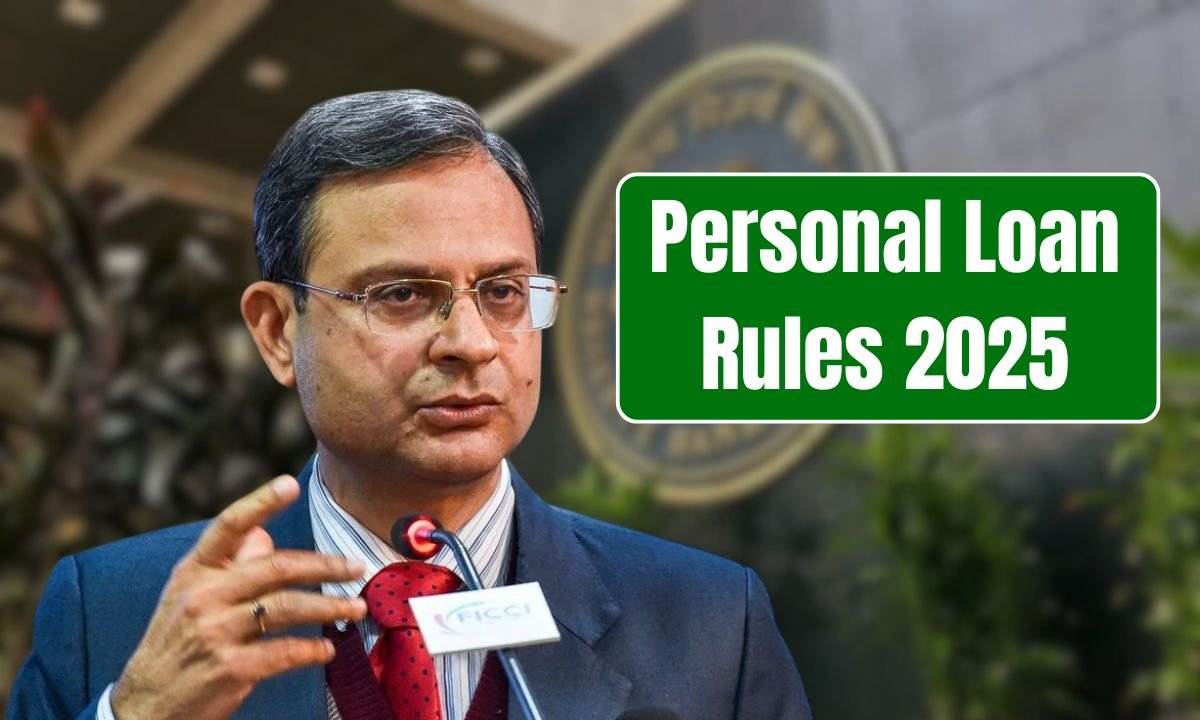The Reserve Bank of India (RBI) has been trying to improve the transparency in personal loans by establishing new rules in 2025 that encourage financial responsibility, and mitigate risk in personal loans. Individuals that apply to bank and digital lending platforms will be affected directly based on these new guidelines on how loans are issued and managed.
Loan-to-Income Ratio Cap
Borrowers are no more allowed to pay more than 50 per cent of their monthly revenues in the form of EMIs inclusive of the new loan. Such a Loan-to-Income (LTI) ratio cap would avoid customers hugely overstretching themselves financially. All active EMIs need to be verified by the lenders before granting any loans and self system-proclaimed debt is not entertained anymore.
Credit Score-Based Approval
Your credit score is now closely relational to loan eligibility. Low scores are likely to attract low limits on loans, or increase interest rates given to the applicants. Several loans taken very soon will adversely influence your credit score thus it is advisable to separate the applications.
Higher Risk-Based Capital Requirements
Mortgage lenders are required to hold more capital against personal unsecured loans. The weighting of risks has been advanced to 125 percent instead of the 100 percent and this can be increased to 150 percent on borrowers considered risky. This leaves banks and NBFCs more guarded particularly against first time or low score borrowers.
Stricter KYC and Income Verification
KYC standards have been raised. Lenders will have to authenticate their bank statements, ITRs and current employment status. Same day approvals requiring no documentation are no longer permissible, particularly in the case of gig workers and the self-employed.
Digital Lending Transparency
On a platform that loans are provided using an application or web browser, offers should be displayed clearly. Every bid must contain the name of the lender, amount of the loan, tenor, interest, and the EMI, the penalties payable and a Key Facts Statement (KFS). This will enable borrowers to compare apples and apples.
Loan Eligibility Based on Income
Here’s how the new rules affect loan eligibility based on income and existing EMIs:
| Monthly Income | Existing EMIs | Max New EMI Allowed | Approx. Loan Limit (3 yrs @ 8%) |
|---|---|---|---|
| ₹50,000 | ₹10,000 | ₹15,000 | ₹4.8 lakh |
| ₹75,000 | ₹20,000 | ₹17,500 | ₹5.6 lakh |
| ₹1,00,000 | ₹30,000 | ₹20,000 | ₹6.4 lakh |
Final Thoughts
The regulations on the 2025 personal loans seek to safeguard the borrowers and encourage financial discretion. The RBI is making lending practices safer by giving preference to income earnings revolving around credit scores and digital transparency. Before making an application, borrowers ought to have maintained a good credit score and beware of their EMIs ability.
Also read: 8th Pay Commission Latest Update August 2025: What You Need to Know
